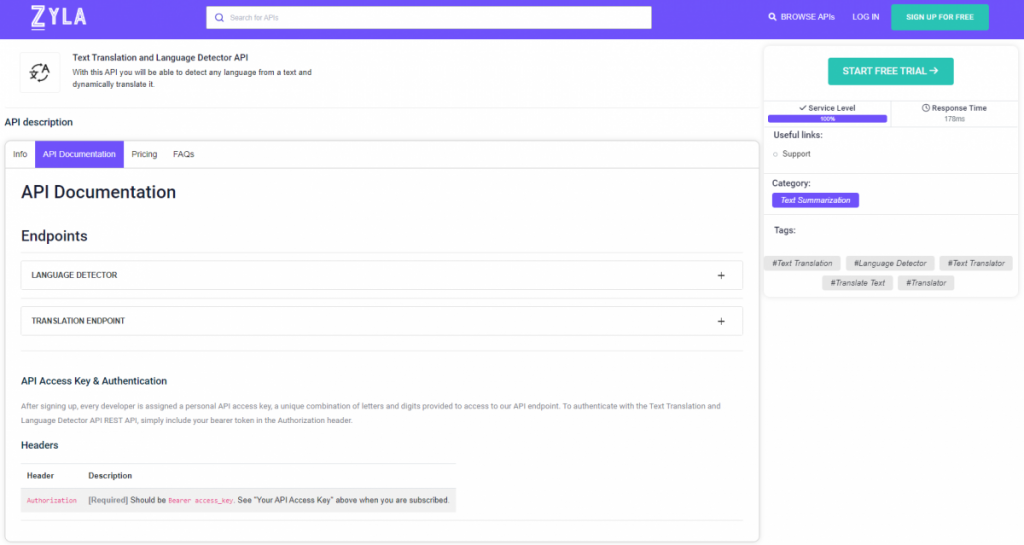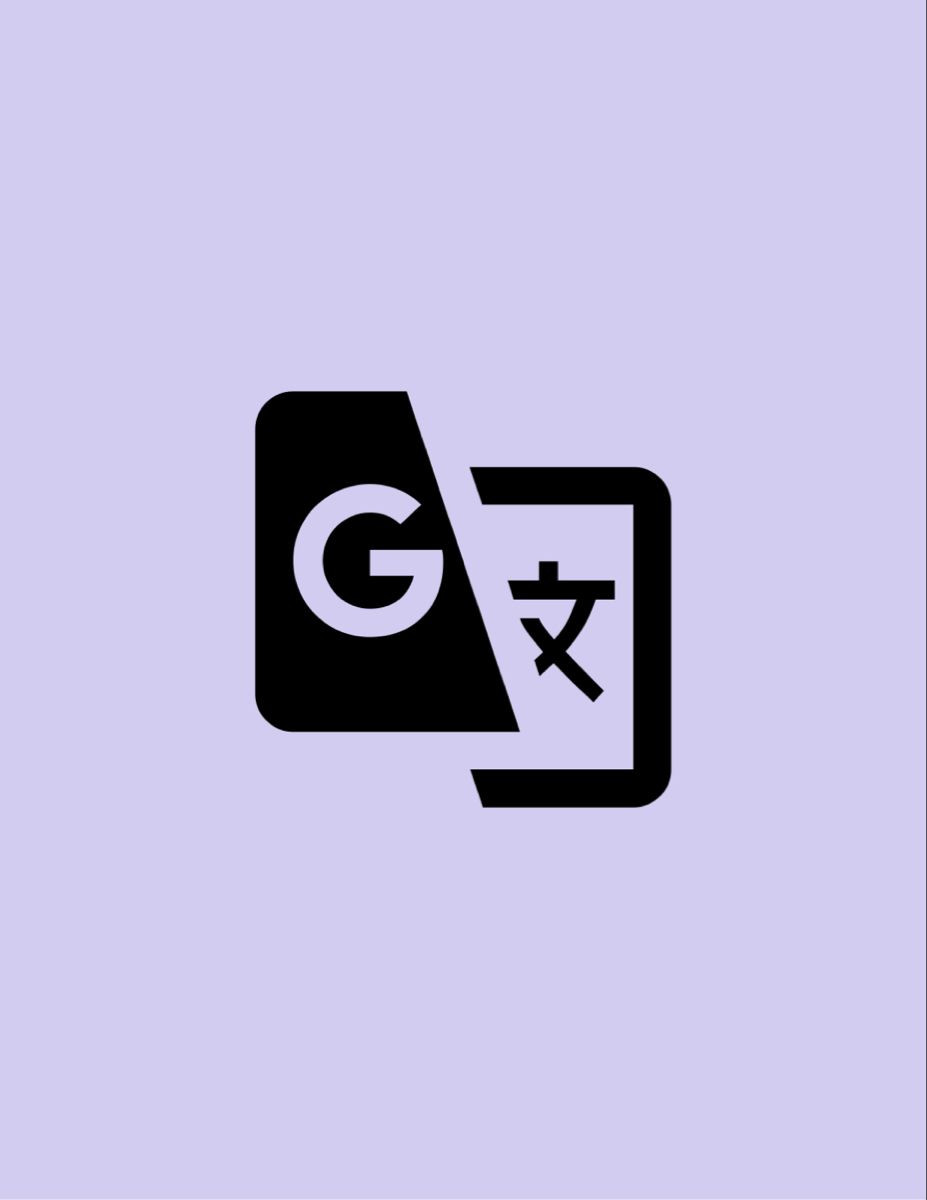In the ever-evolving landscape of software development, one tool stands out for its ability to unravel the complexities of written language: Language Recognition API. This versatile instrument empowers applications to decipher syntax, extract meaning, and interpret context, ultimately leading to more intelligent and responsive software.

Understanding The Core Components Of A Written Language Recognition API
At the heart of a Written Language Recognition API lie several core components that contribute to its impressive capabilities. Syntax and grammar analysis form the foundational layer. This involves breaking down sentences and phrases to understand their grammatical structure, identifying parts of speech, and determining how words relate to each other within a sentence.
Semantic understanding and contextual interpretation are the next vital components. While syntax deals with the structure of language, semantics delve into the meaning. The API employs high-quality algorithms to comprehend the context of the words, allowing it to decipher nuances, idiomatic expressions, and wordplay. This contextual awareness is pivotal for accurate interpretation.
Language model training and machine learning are the driving forces behind the API’s prowess. These models are trained on vast amounts of text data from diverse sources and languages. Through exposure to this data, the models learn to recognize patterns, predict word relationships, and comprehend context. The continuous learning process refines the model’s accuracy and adaptability.
Implementing The API: Steps To Success
To harness the power of a Written Language Recognition API, a systematic approach is essential. The first step is data collection and preprocessing. Quality training data is crucial for accurate results. This data is then cleaned, structured, and annotated to enable effective model training.
Model selection and training follow suit. Developers choose a suitable language model based on the application’s requirements and target languages. The selected model is then trained using the prepared data, iteratively refining its understanding and accuracy.
The final step involves integration and deployment. The API is integrated into the application’s architecture, allowing it to process and interpret text inputs. Deployment includes monitoring the API’s performance, fine-tuning it as needed, and ensuring its responsiveness in real-time scenarios.
Unlocking Applications: Real-World Scenarios
The applications of a Written Language Recognition API span various industries and functionalities. In customer service, chatbots equipped with natural language interaction provide personalized and contextually relevant responses, enhancing user experiences.
Multilingual content platforms leverage the API’s capabilities to translate and adapt content, enabling global reach and cultural inclusivity. Additionally, sentiment analysis benefits decision-making by gauging user sentiments, feedback, and preferences from written text.
Check Text Translation and Language Detector API
The Text Translation and Language Detector API is a powerful tool that can help you to overcome language barriers and reach a global audience. It can detect the language of any text and translate it into over 100 languages, making it ideal for businesses that want to expand into new markets. The API is also easy to use and integrates seamlessly with your existing applications.

Here are some of the benefits of using the Text Translation and Language Detector API:
- Reach a global audience: The API can translate your content into over 100 languages, making it accessible to people all over the world.
- Improve customer satisfaction: By providing your customers with content in their own language, you can improve their satisfaction and loyalty.
- Expand your business: The API can help you to expand into new markets and reach new customers.
- Save time and money: The API can automate the translation process, saving you time and money.
If you are looking for a powerful and easy-to-use language translation API, the Text Translation and Language Detector API from ZylaLabs is a great option.
Here are some additional details about the API:
- It is a RESTful API that is easy to integrate with your existing applications.
- It uses state-of-the-art machine learning techniques to provide accurate and reliable translations.
- It is available 24/7, so you can translate your content whenever you need to.
All You Need To Do To Make Use Of It Is:
- First, go to Text Translation and Language Detector API and click the “START FREE TRIAL” button.
- You will be able to access the API once you have registered with the Zyla API Hub.
- Depending on your needs, use one of the numerous API endpoints.
- After locating the appropriate endpoint, click the “test endpoint” button to make an API call and examine the results on your screen.
This API has two endpoints:
If you introduce “All that is gold does not glitter, not all those who wander are lost”to the “LANGUAGE DETECTOR” endpoint, will give you an API response like the following:
{
"data": {
"detections": [
[
{
"language": "en",
"confidence": 1,
"isReliable": false
}
]
]
}
}If you introduce “All that is gold does not glitter, not all those who wander are lost” to the “TRANSLATION ENDPOINT” endpoint and chose Italian, the API response should look like this:
{
"data": {
"translations": [
{
"translatedText": "Tutto ciò che è oro non luccica, non tutti quelli che vagano sono perduti"
}
]
}
}Want to learn more? Read What Is A Text Translation And Language Detector AP

